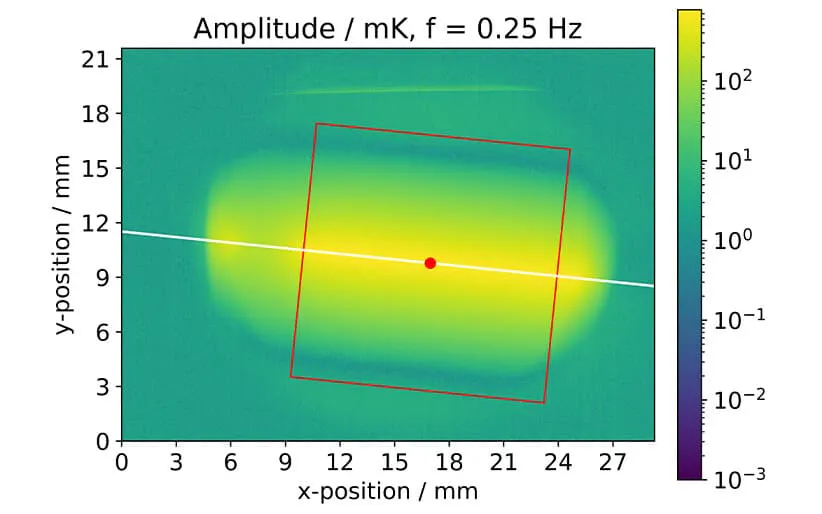
Case Study: Analysis of the Thermal Conductivity in Nano- and Mesostructured Polymer Systems
New materials with precisely controlled optical and thermal transport characteristics can make a large contribution to resource-saving thermal management. Scientists of the University of Bayreuth are pursuing this vision. They use infrared thermography to quantitatively determine thermal conductivity in nano- and mesostructured polymer materials.
Thermal conduction and thermal radiation are essential transport mechanisms that play a key role in various applications, from the smallest microchips to complete buildings. Their control requires a sophisticated material design that reaches into the nanometre range. Prof. Markus Retsch and his team from the Chair for Physical Chemistry 1 of the University of Bayreuth are working on the development and characterisation of such innovative materials. Modern cooling and air conditioning systems still require an external energy supply. But the cooling technology of the future should work without additional energy. To achieve this, materials are needed that selectively radiate heat. This can take place, for example, in clear weather when radiation occurs into very cold outer space through the so-called "Sky Window" in the long-wave spectral range of (8 … 13) µm, in which the atmosphere is transparent. "This process is called passive cooling," explains Prof. Retsch, "and requires materials that emit heat via thermal radiation within a selective spectral range. At the same time as little solar energy as possible should be absorbed from the sun, for instance by improving the reflection or scattering properties of the material."
Get further information